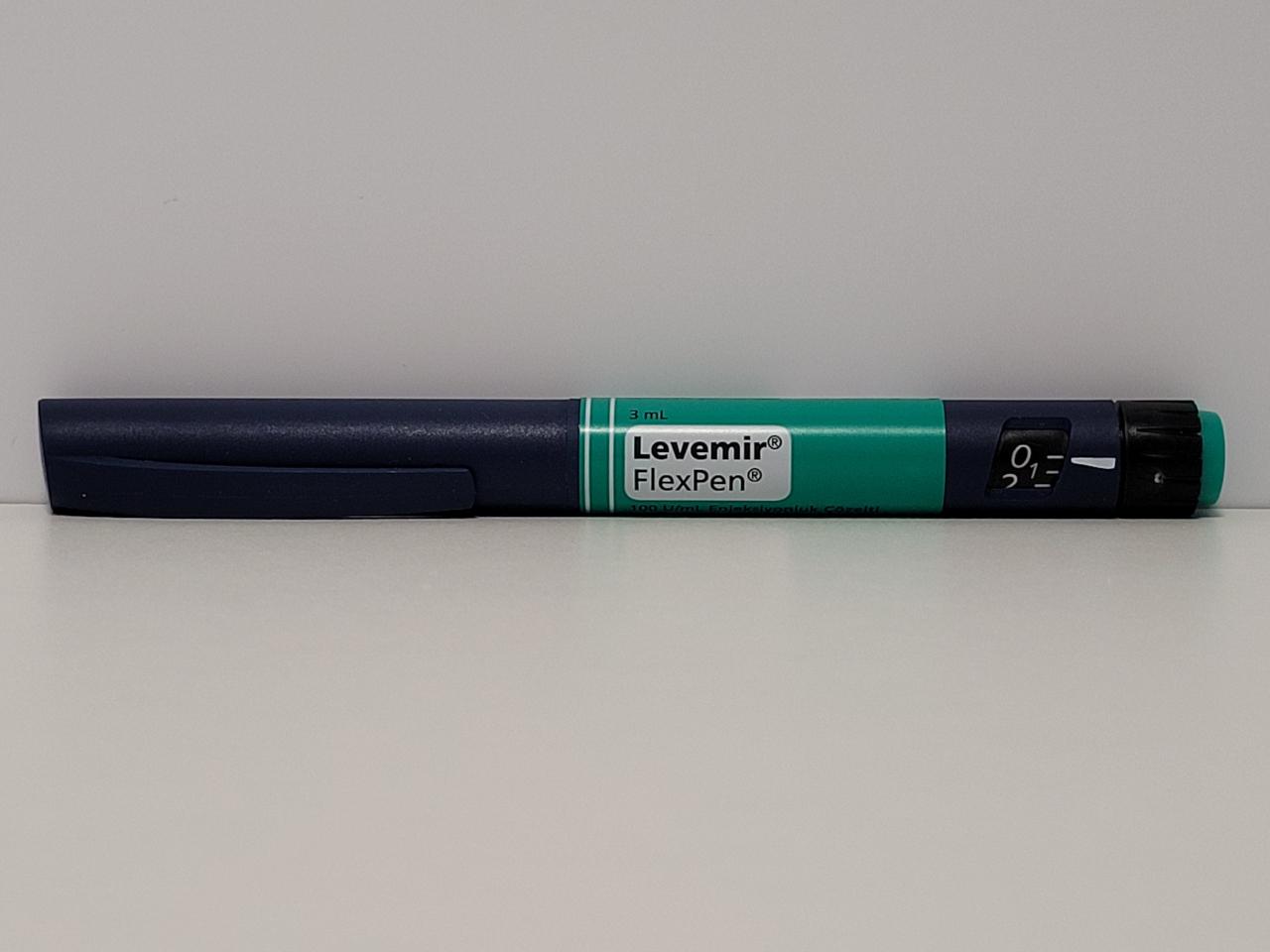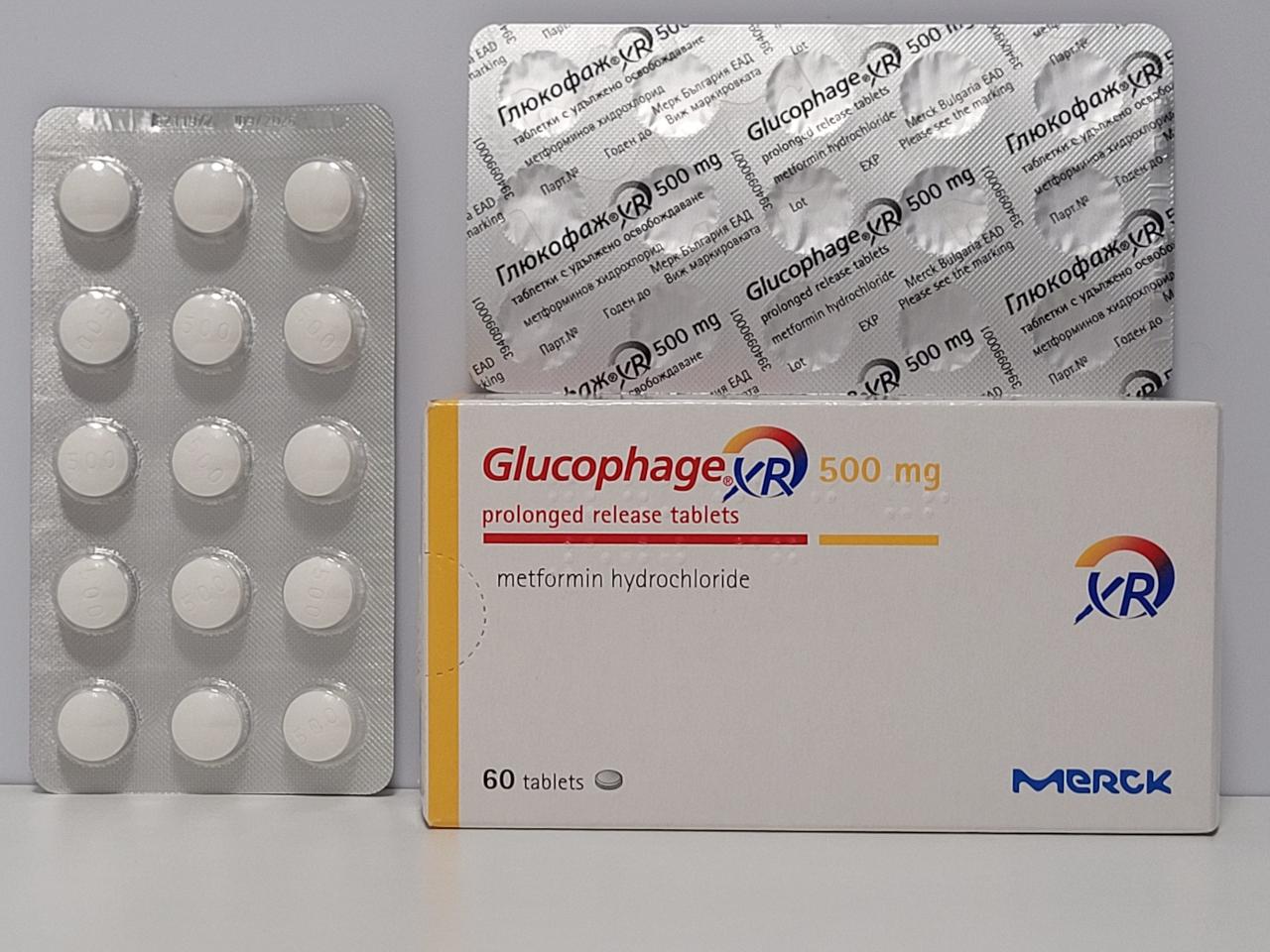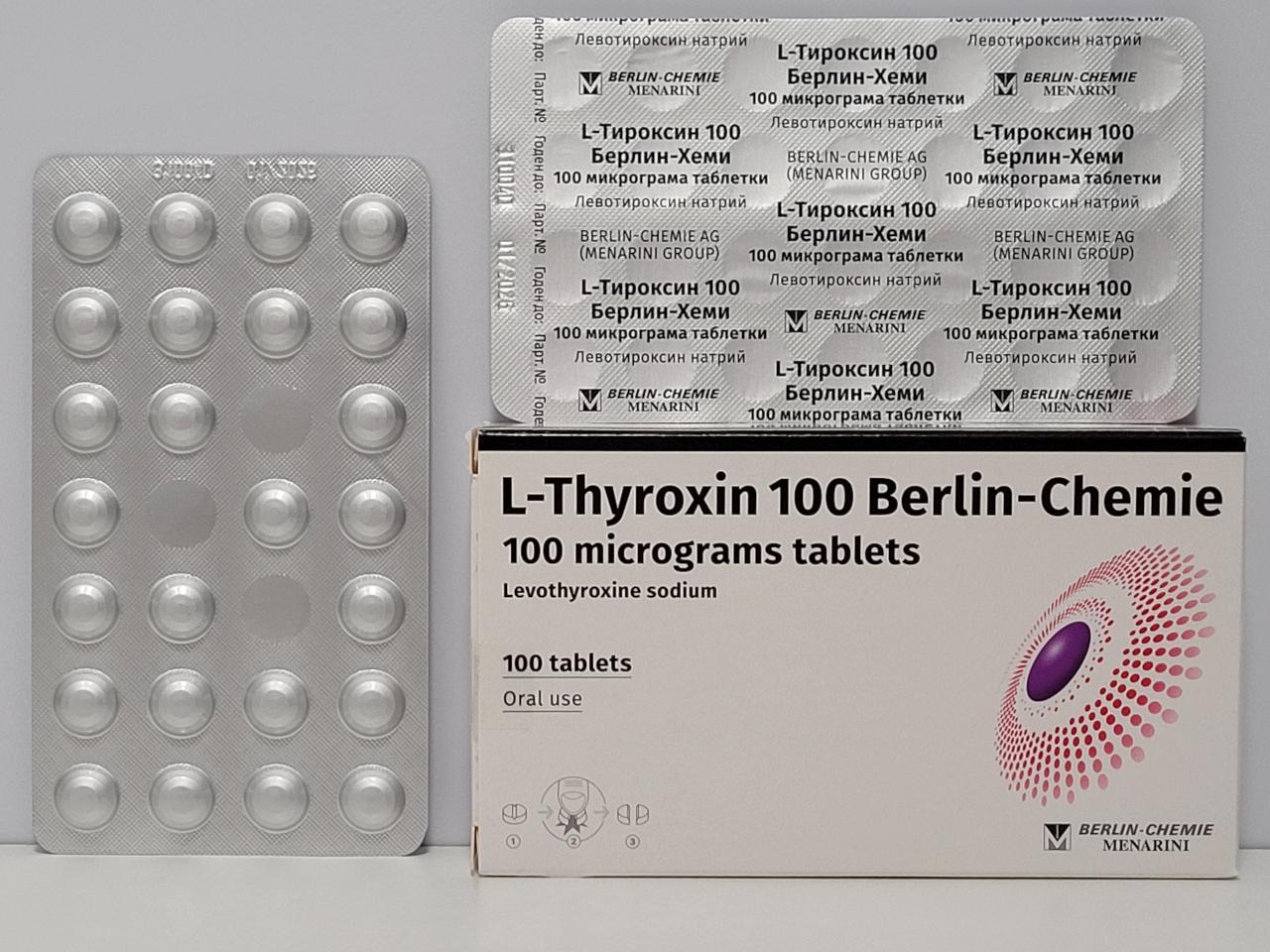Description
Semaglutide belongs to a class of medications known as glucagon-like peptide-1 receptor agonists, or GLP-1 RAs. It mimics the GLP-1 hormone, released in the gut in response to eating.
One role of GLP-1 is to prompt the body to produce more insulin, which reduces blood sugar (glucose). For that reason, health care providers have used semaglutide for more than 15 years to treat Type 2 diabetes.
But GLP-1 in higher amounts also interacts with the parts of the brain that suppress your appetite and signal you to feel full. When used in conjunction with diet and exercise, it can cause significant weight loss — and a reduced risk of cancer, diabetes and heart disease — in people who are obese or overweight.
There have been several anti-obesity medications that help suppress appetite and achieve weight loss. But semaglutide performs on a new level.
An early study of 2,000 obese adults compared people using semaglutide plus a diet and exercise program with people who made the same lifestyle changes without semaglutide. After 68 weeks, half of the participants using semaglutide lost 15% of their body weight, and nearly a third lost 20%. Participants who incorporated only lifestyle changes lost about 2.4% of their weight.



